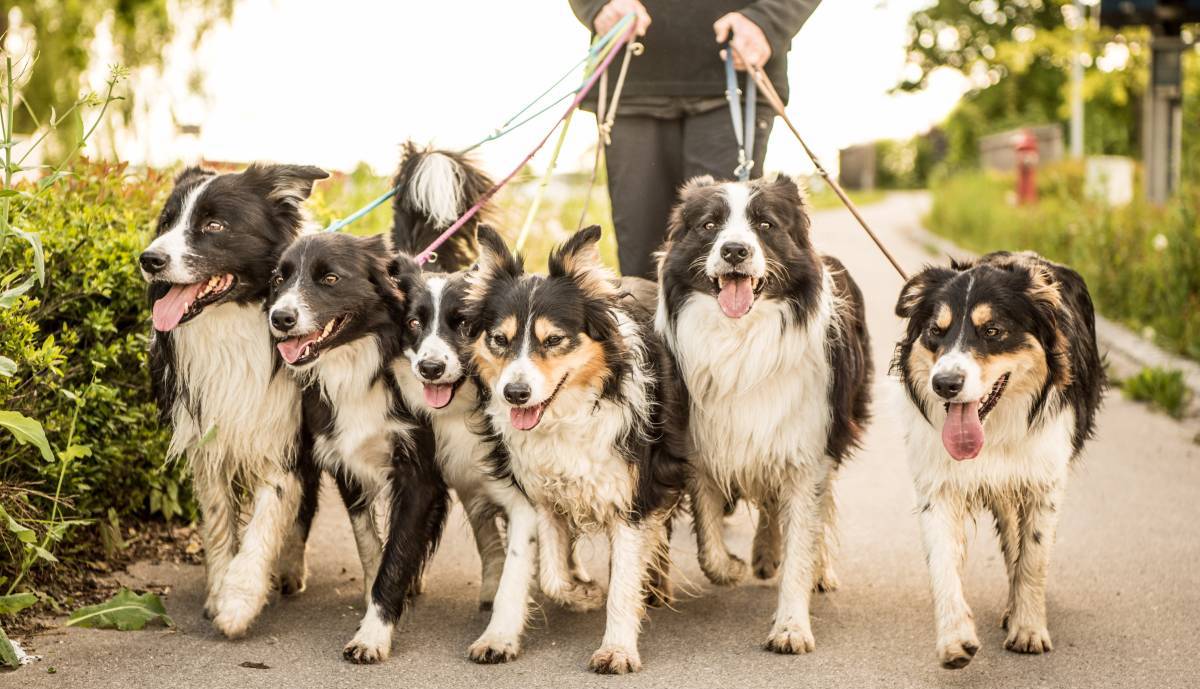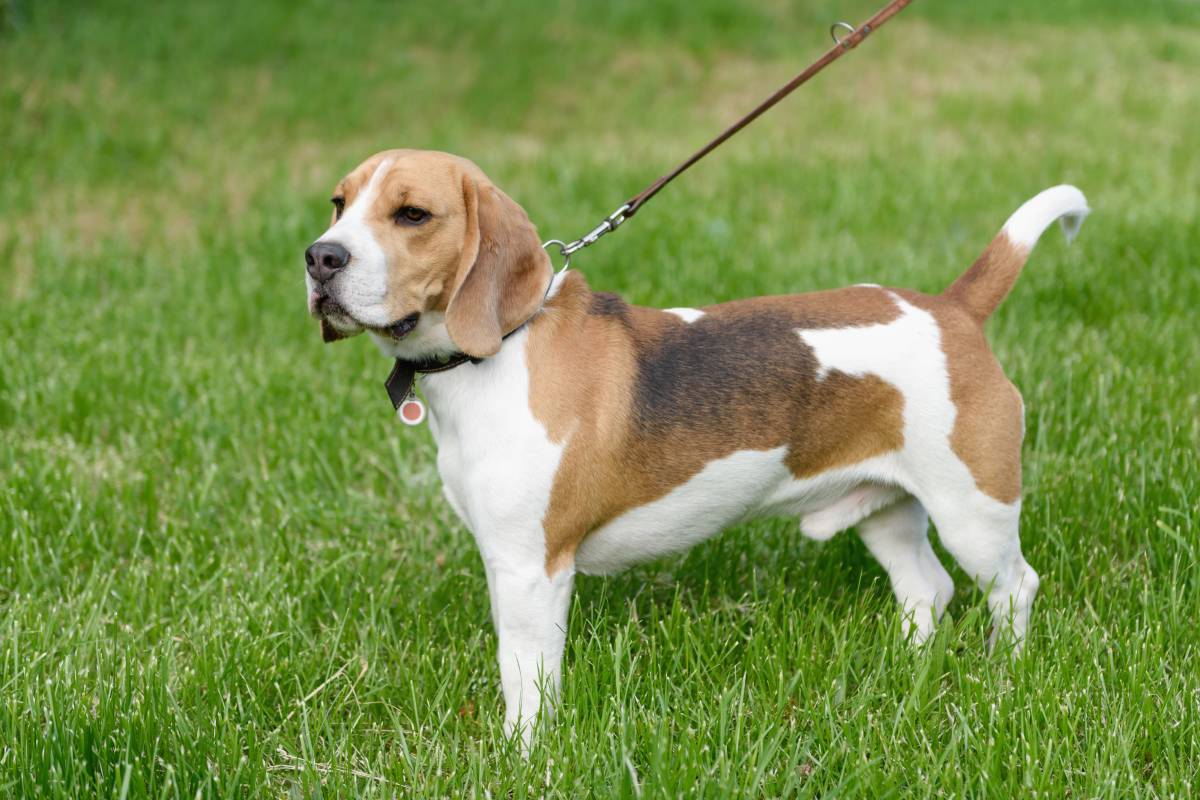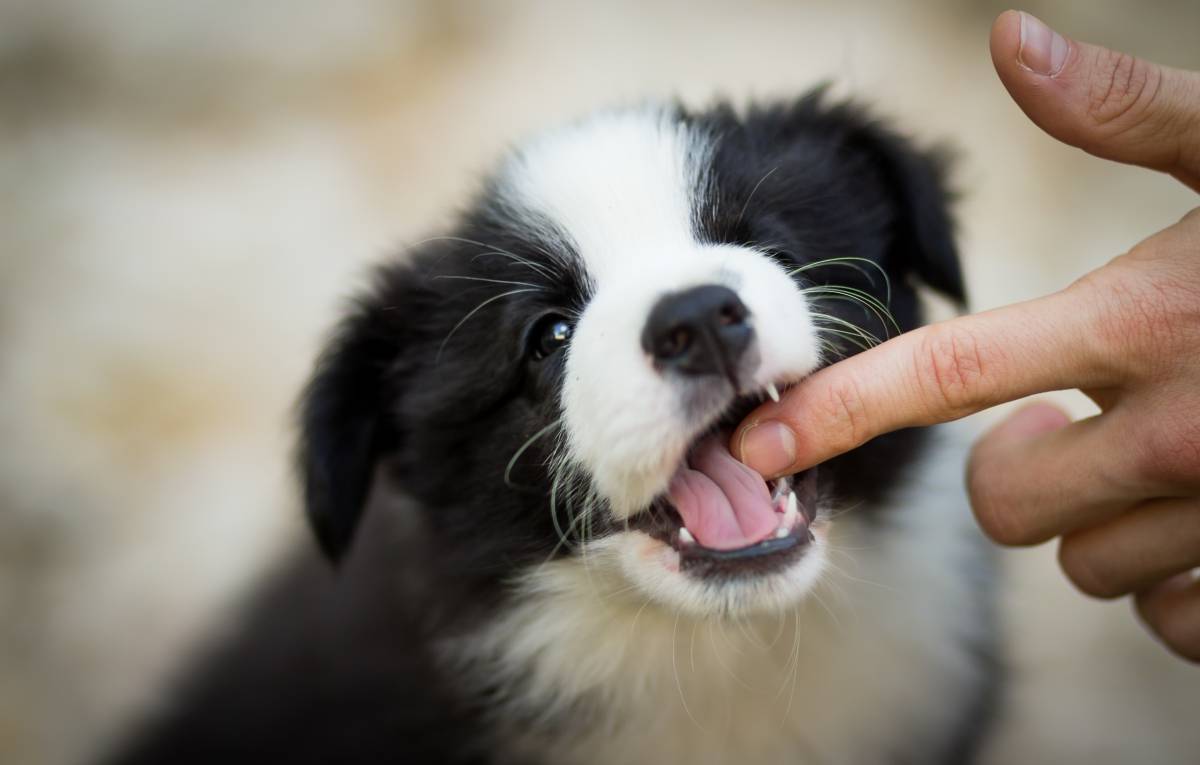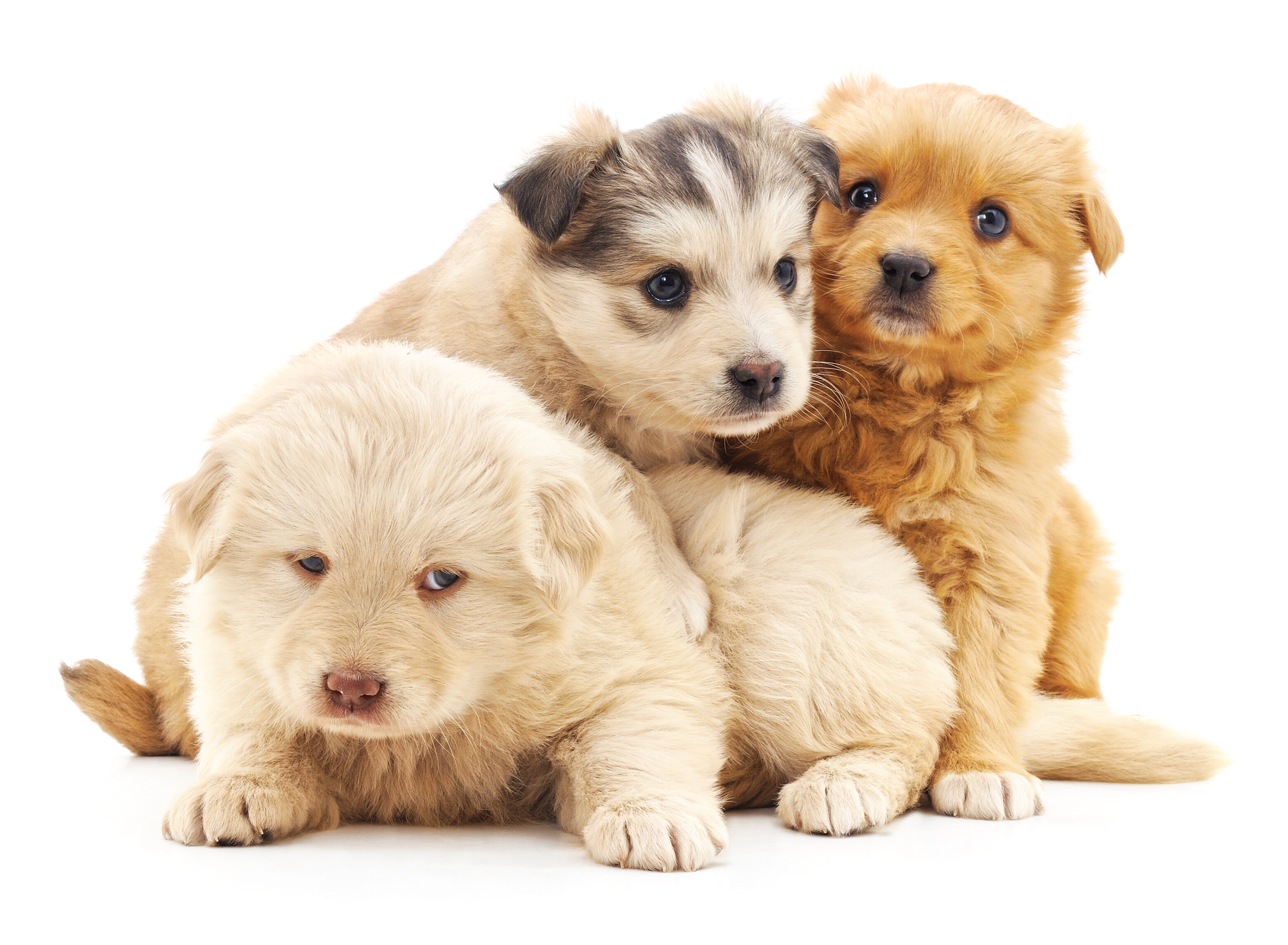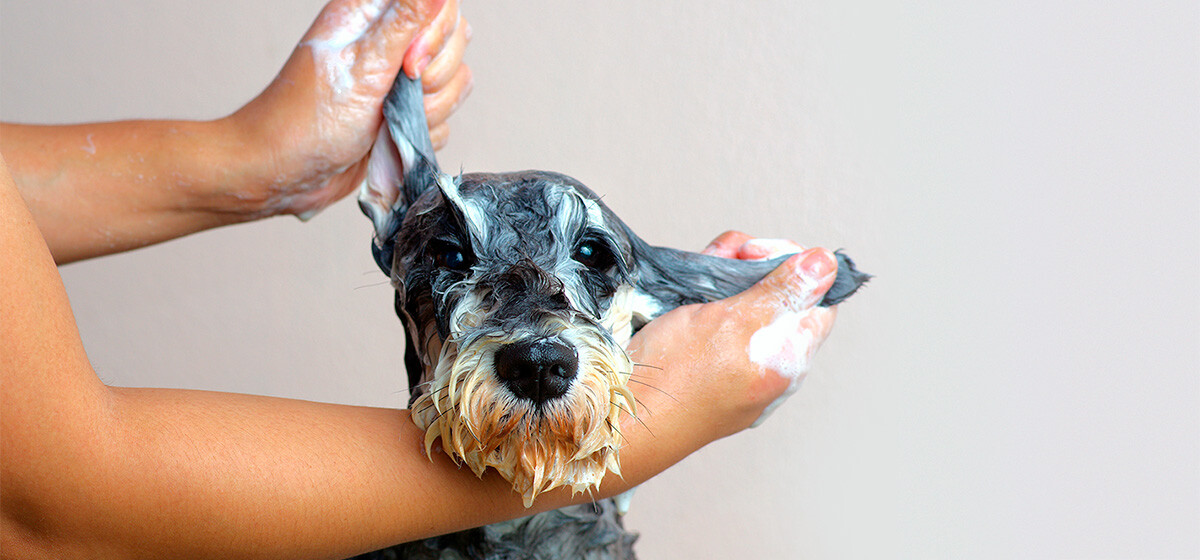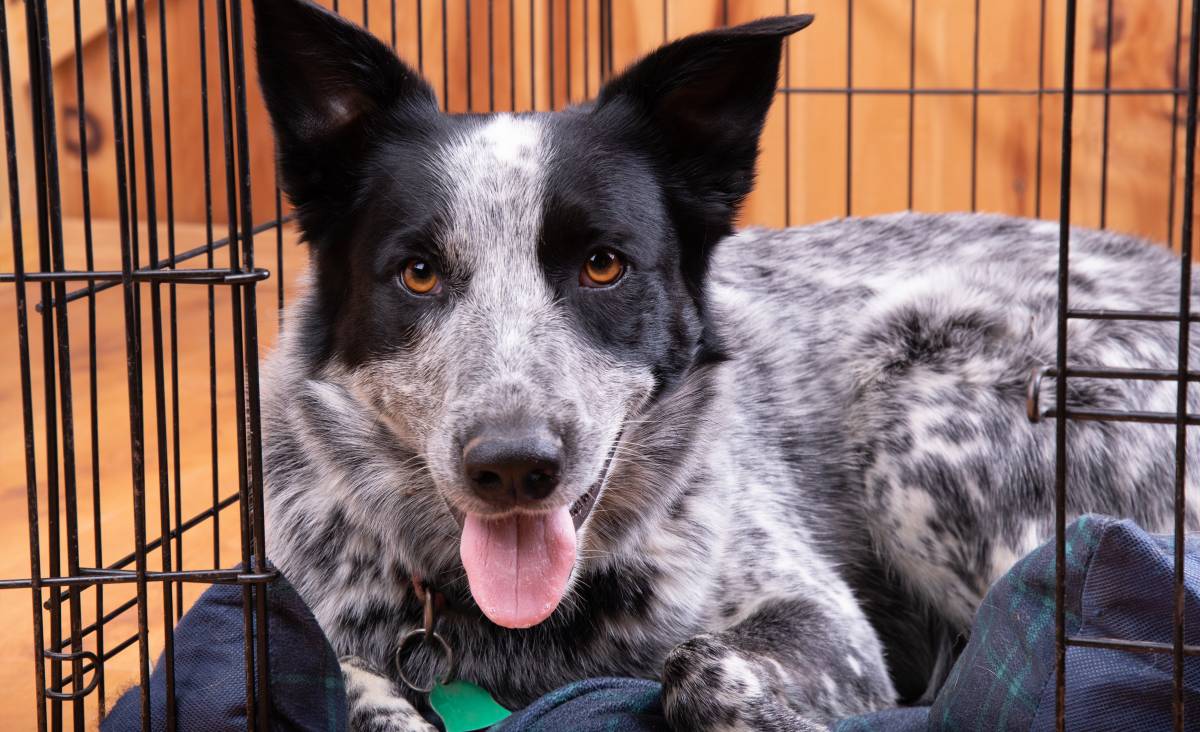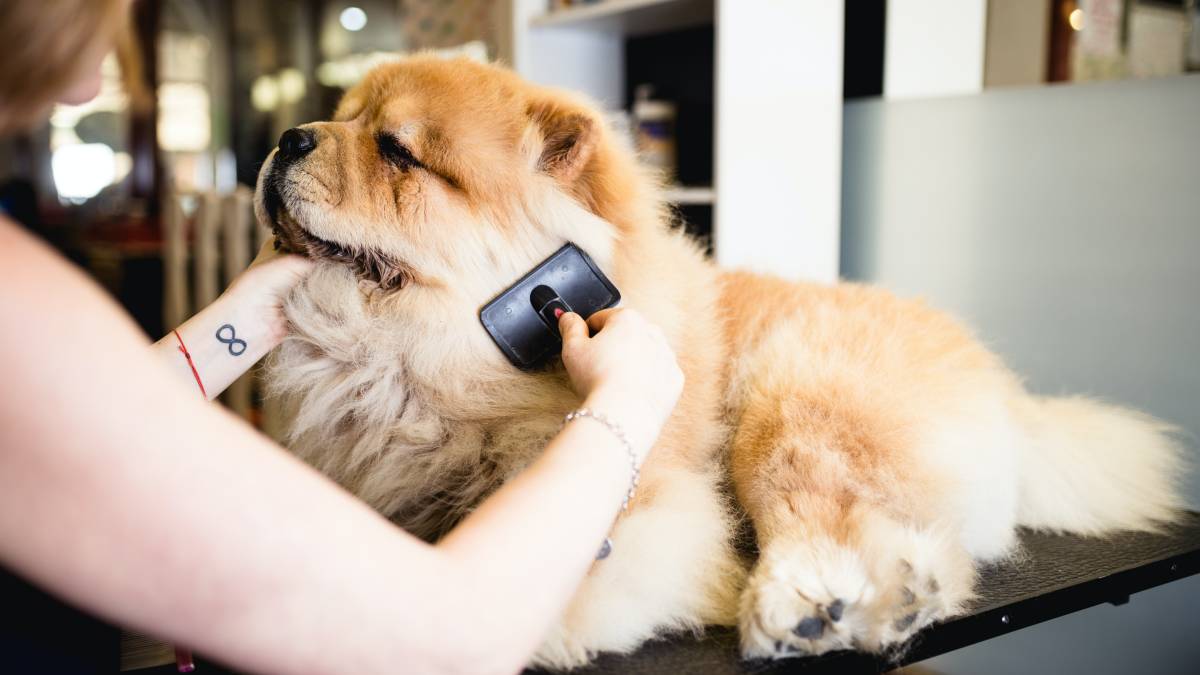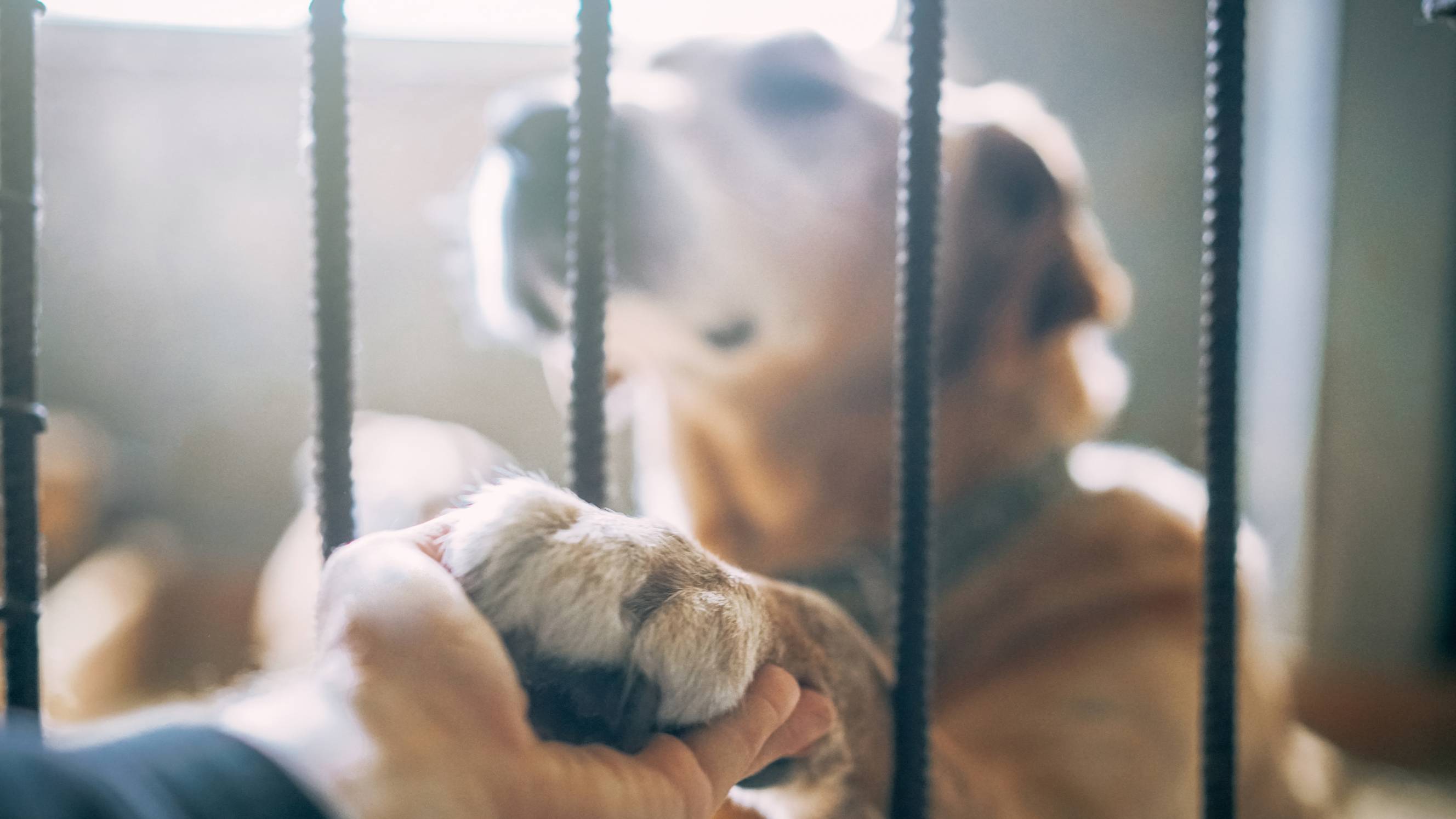- Home/
- Guides/
- Dog Training/
- Clicker Training Dogs
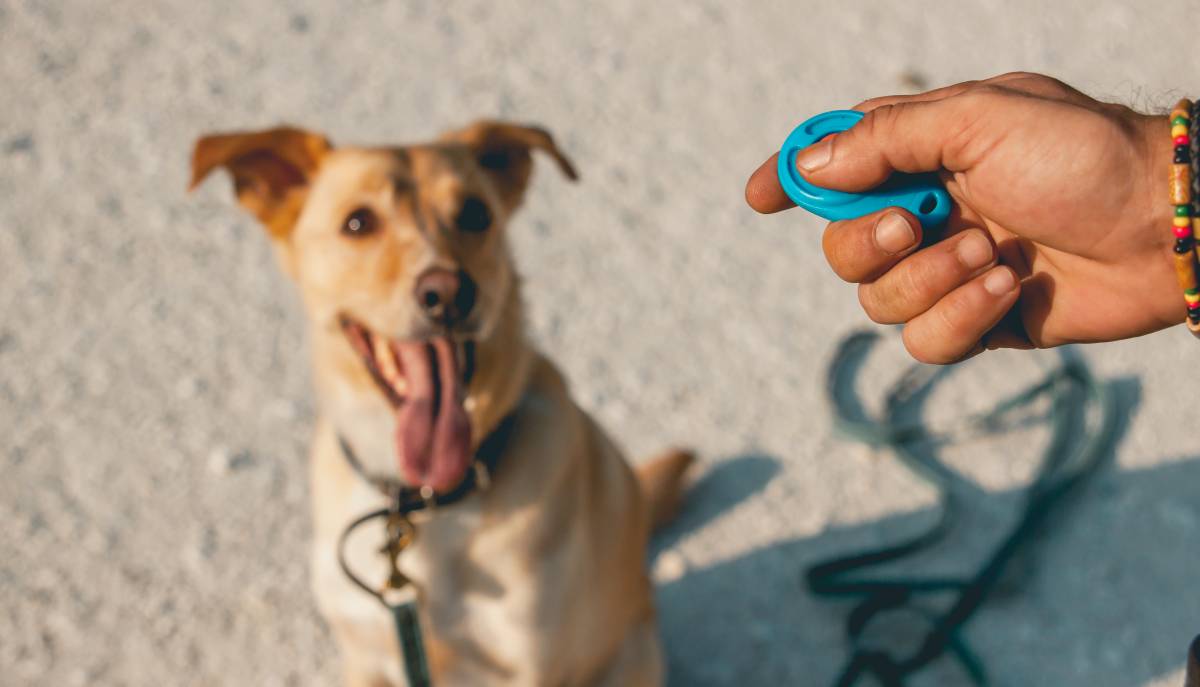
How to clicker train a dog in 4 simple steps
Clicker training is a super effective and fun approach for training you dog. Using clicker training teaches your dog basic basic and complicated tricks.
Find a dog trainerLast Updated on
You may have heard about clicker training as a means to teach your dog good behaviour or even tricks. Clicker training dogs isn’t as complex or difficult as it sounds. This handy guide shows you how to clicker train a dog in four steps.
What you’ll need for clicker training dogs
To teach your dog simple, desirable behaviours, you only need to prepare the following:
Clicker (You can buy a dog clicker online or from your local pet store. Or you can use a retractable pen that makes a loud and clear click!)
Your dog’s favourite treats, in small amounts
Your dog’s favourite toys
A quiet, distraction-free area
Patience and praise for training your pup
What is clicker training?
Clicker training is a training method based on animal science, and anyone can learn how to use a clicker for dog training. This is a training method based on principles of positive reinforcement, involving the use of a clicker to “mark” behaviour that you want your dog to learn and repeat on cue.
How to use a clicker for dog training
Step 1: Introduce the clicker to your dog

In a quiet room with no obstacles or distractions, introduce the clicker to your dog.
Show your dog the clicker in one hand and a treat in the other.
Click only once, then immediately give them the treat. This will imprint upon your dog that the click means they’ll get a reward.
Repeat this process a few times until your dog associates the click with the treat.
You’ll know they’ve made the association if you click once, and they give you their undivided attention.
Step 2: Teach a command
Once your precious pooch has associated the clicker with a reward, you can start to “program” them to do things on command. For example, if you want to teach them to sit, gently direct them to sit, then press the clicker followed by a treat.
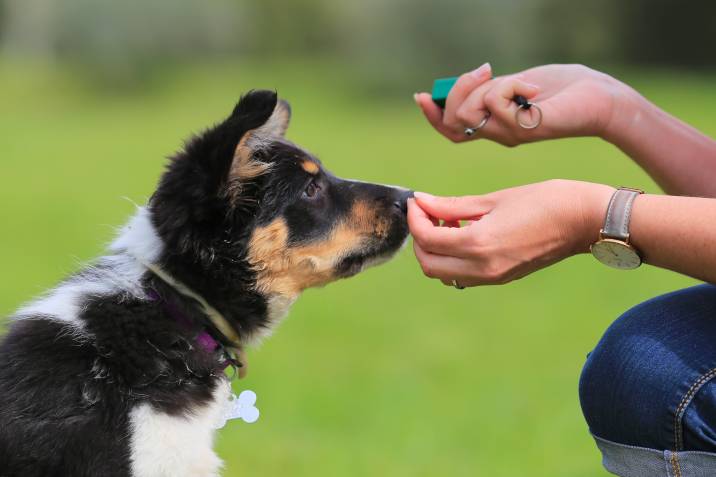
You can do this method for almost any behaviour or action you want your dog to do, which can include doing their business at the right spot. You can also clicker train your dog to stay calm around guests or even while a professional groomer works on their fur and nails.
Step 3: Add a vocal command before clicking the dog clicker
In the previous step, notice that you didn’t say the word “sit” as you started clicker training your dog. Now, it’s time to add vocal commands.
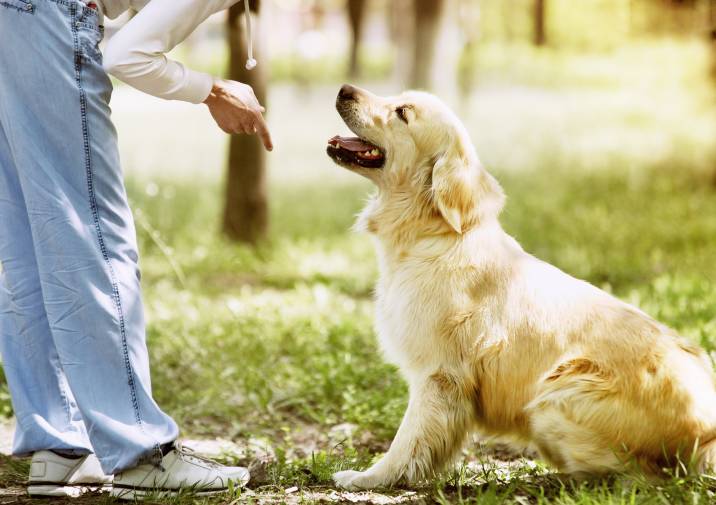
Gradually introduce the vocal command “sit” as you direct your dog to sit.
Follow up with the clicker and a reward as your dog remains in the “sit” position.
Repeat this process several times.
You can progress to clicking and rewarding your dog only if they sit after you say the command. If your dog sits without your cue, don’t click or reward. In later sessions, wean them away from expecting a treat by not clicking or giving a treat; Praise them with an enthusiastic “yes!” instead.
Step 4: Don’t stop with the praise
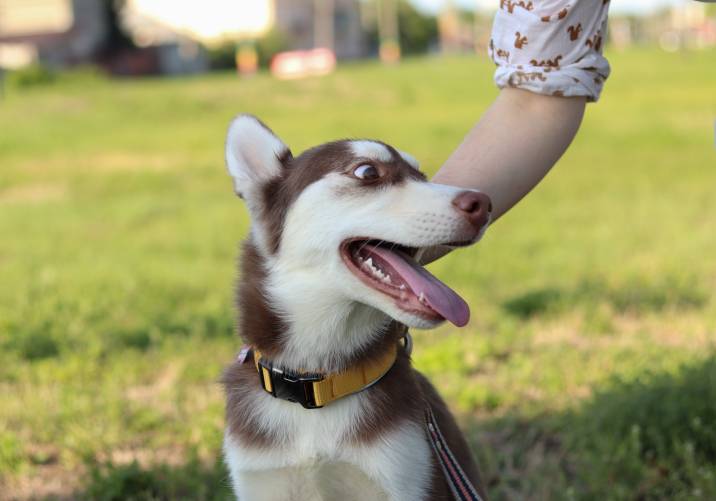
As your clicker training progresses, you can stop giving your dog treats each time they perform the desired action. Replace treats with plenty of praise, like a gentle pat and words like “yes, good boy/girl!” You can still give a treat every now and then to show you appreciate your dog’s good behaviour.
| Also read: Your Ultimate Guide to Dog Care – Everything you need to know about caring for a dog, from grooming to training |
Important reminders when clicker training your dog
Here are a few tips to keep in mind as your dog learns and retains the tricks or behaviours you desire.
Reward immediately - Timing is important. Always click then reward your canine the moment they do the specific action you want.
Choose distinct sound cues - The clicker is a device to mark and trigger desirable behaviours, and the tool is used for its unique sound. You can use a different sound cue if you wish, but make sure it’s not a word that your pooch will hear you say often.
Click sparingly - Click only once to avoid confusing your dog.
Stick to positive reinforcement - Never punish or scold your dog if they don’t perform the desired action. But don’t click or reward your dog if they don’t do the action or miss their cue.
Train your dog gradually - Concentrate on training one behaviour or trick at a time.
-
Be mindful of your dog’s daily calories - Reduce the treats later on in clicker training to avoid making your pooch overweight and unhealthy. Some extra tips when giving your dog treats:
Break the treats into small pieces and spread them throughout the training session.
Opt for low-calorie, no-sugar treats with health benefits.
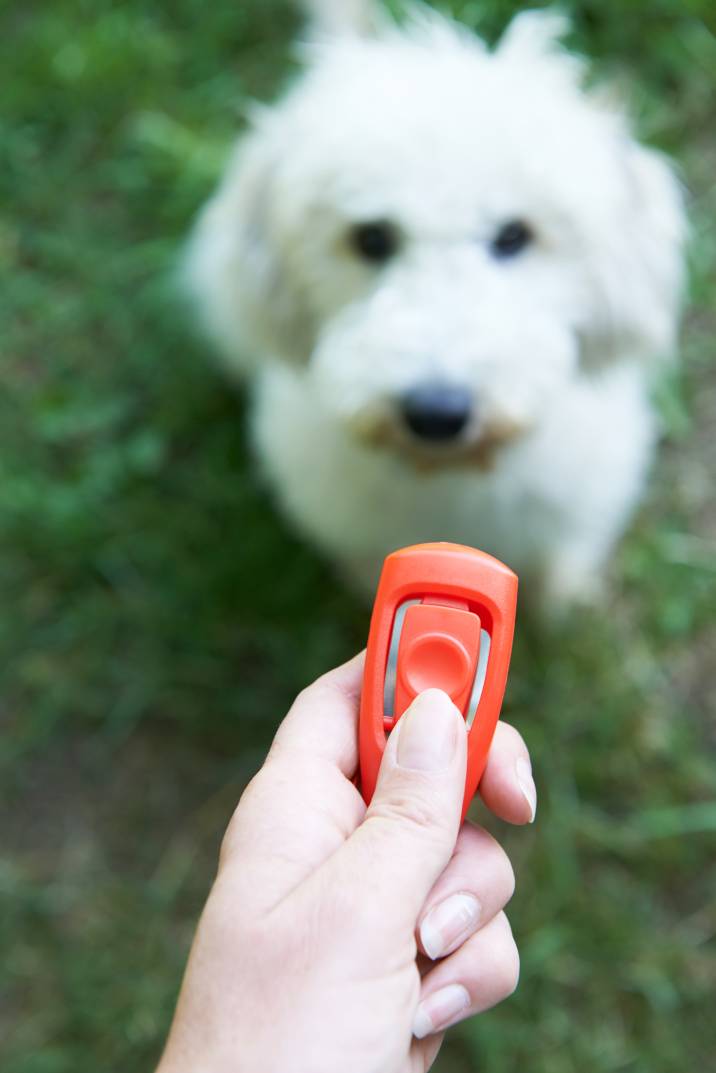
If you have to leave home and can’t continue your dog’s clicker training, a pet sitter can help your dog stay on track with their training. Just leave instructions, the clicker, and treats with your pet sitter. You can also hire a professional dog trainer to clicker train your dog for more advanced behaviours.
Need help with clicker training your dog?
Consistency is key when clicker training your dog to behave or perform specific actions. You can hire a Tasker to ensure your dog gets trained even when you don’t have the time to conduct the training yourself. Put up a task today to find affordable and trusted dog trainers near you.
FAQs on how to clicker train a dog
The earliest age you can start clicker training your dog is 6 months old. Most dog training experts recommend starting your dog young when clicker training. If possible, get your dog started on their training while they’re still a puppy.
Having your dog associate the clicker sound with the reward can take as little as 30 minutes. But it may take a few weeks for a dog to learn specific behaviours. Clicker training can take more or less time, depending on your dog’s temperament, the frequency of training sessions, and the complexity of the behaviour you want from your pooch.
Yes, you can adopt the principles of clicker training for deaf dogs. Clicker training involves associating a sound (click) to a specific action. When training a deaf dog, replace the sound with visual or tactile cues. Instead of the clicker, you can tap the dog lightly on their shoulder or show your dog one of your hands and open and close them as their cue.
Find dog trainers, fast
Find a dog trainer
Related articles
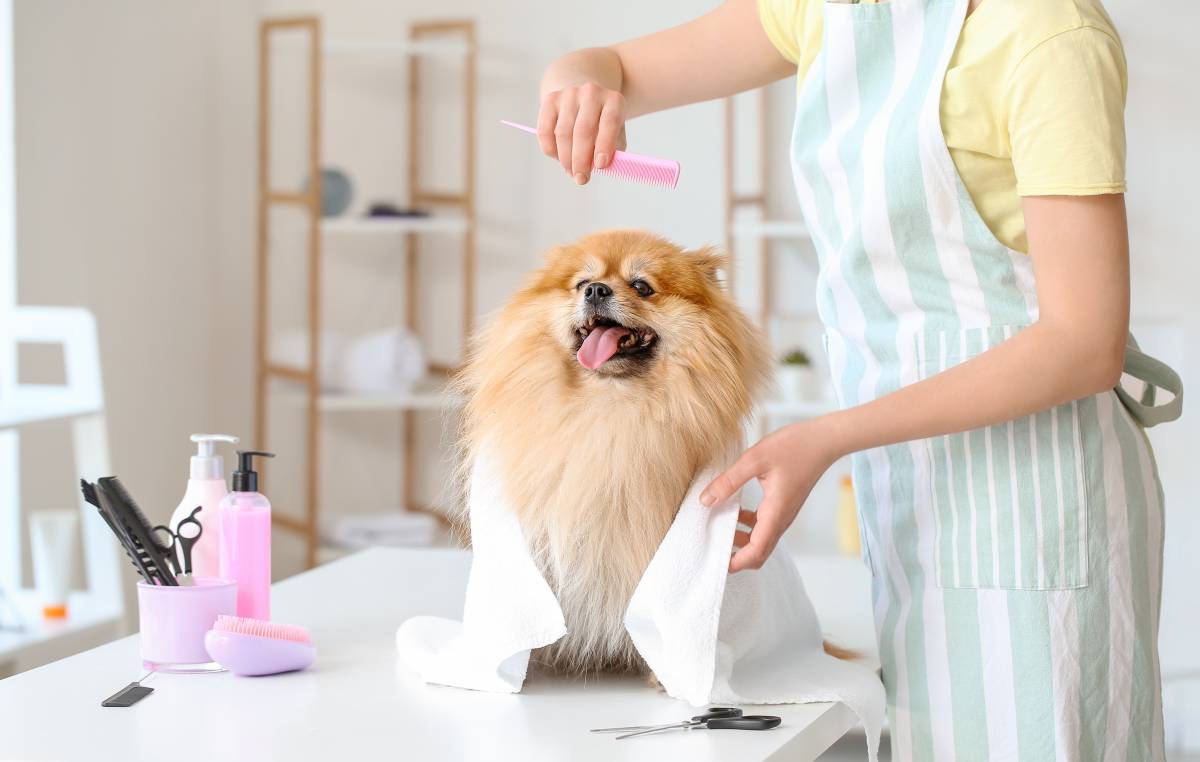
How to become a dog groomer
Read more

Dog training 101: How to train your dog
Read more

Your ultimate guide to dog care
Read more
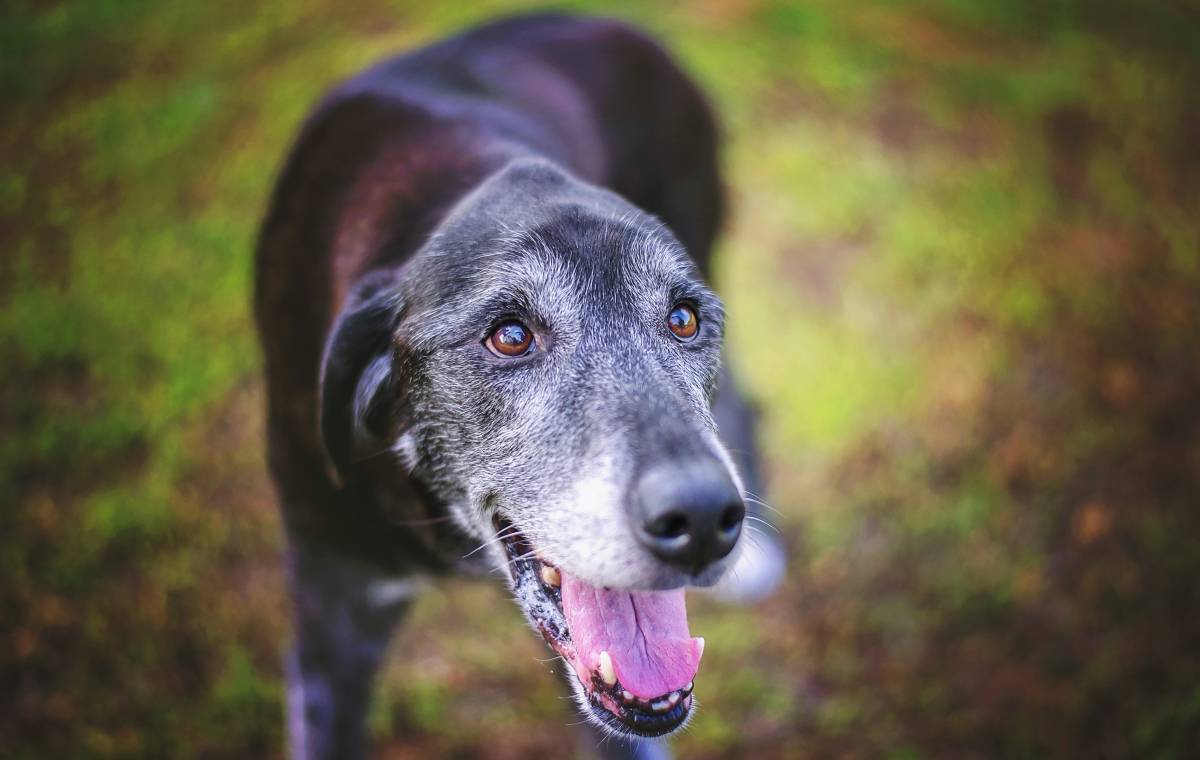
Tips for training an older dog
Read more
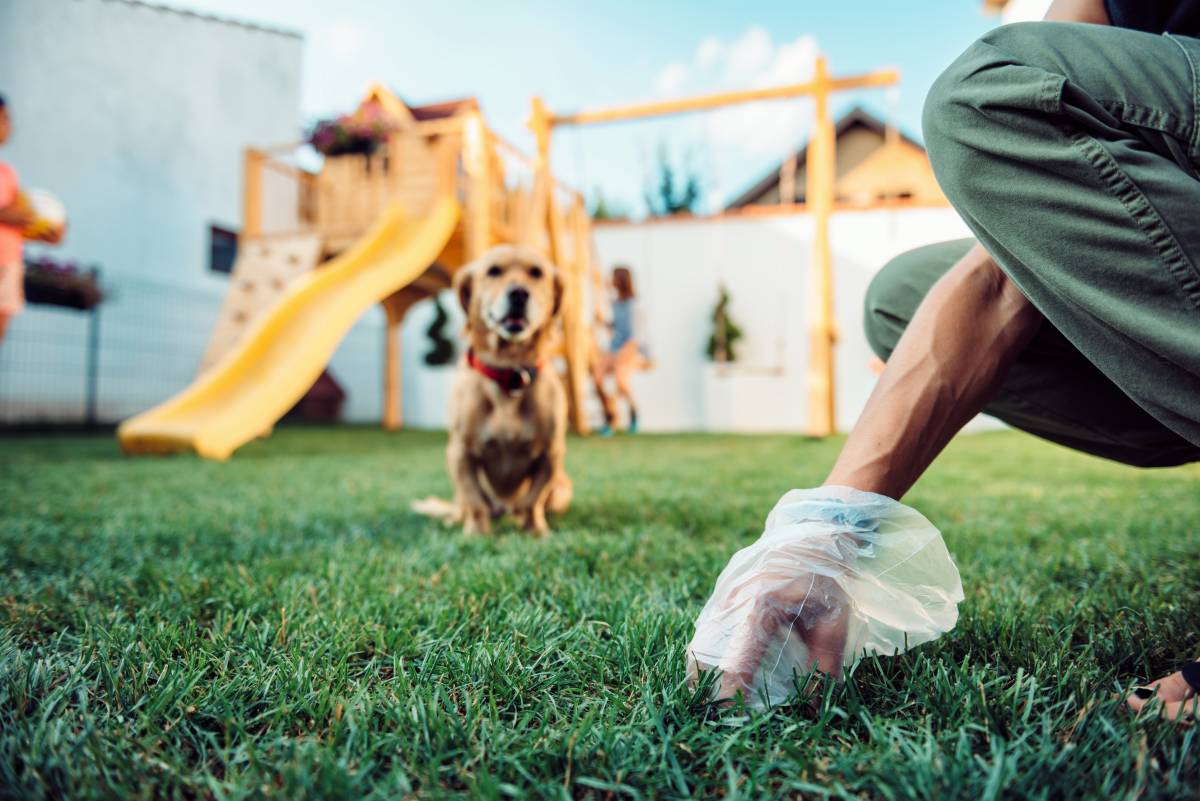
3 Effective ways to house train a dog
Read more
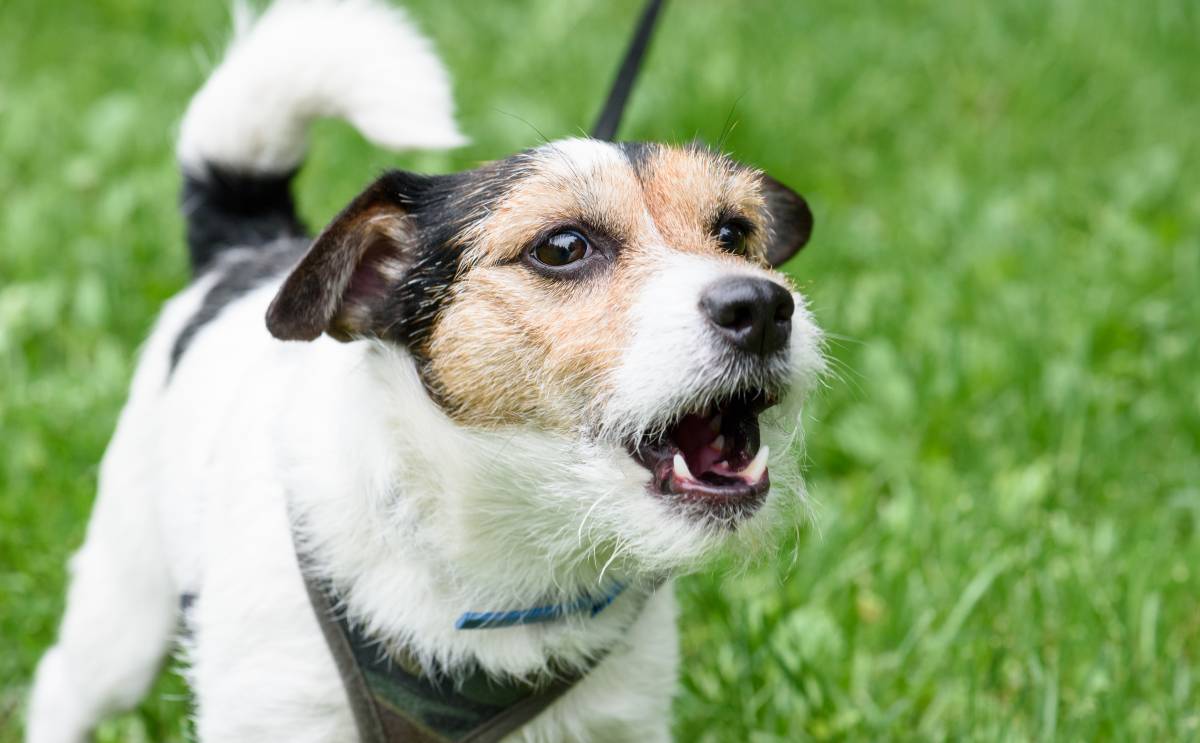
Reactive dog training tips
Read more

How often should you wash your dog?
Read more
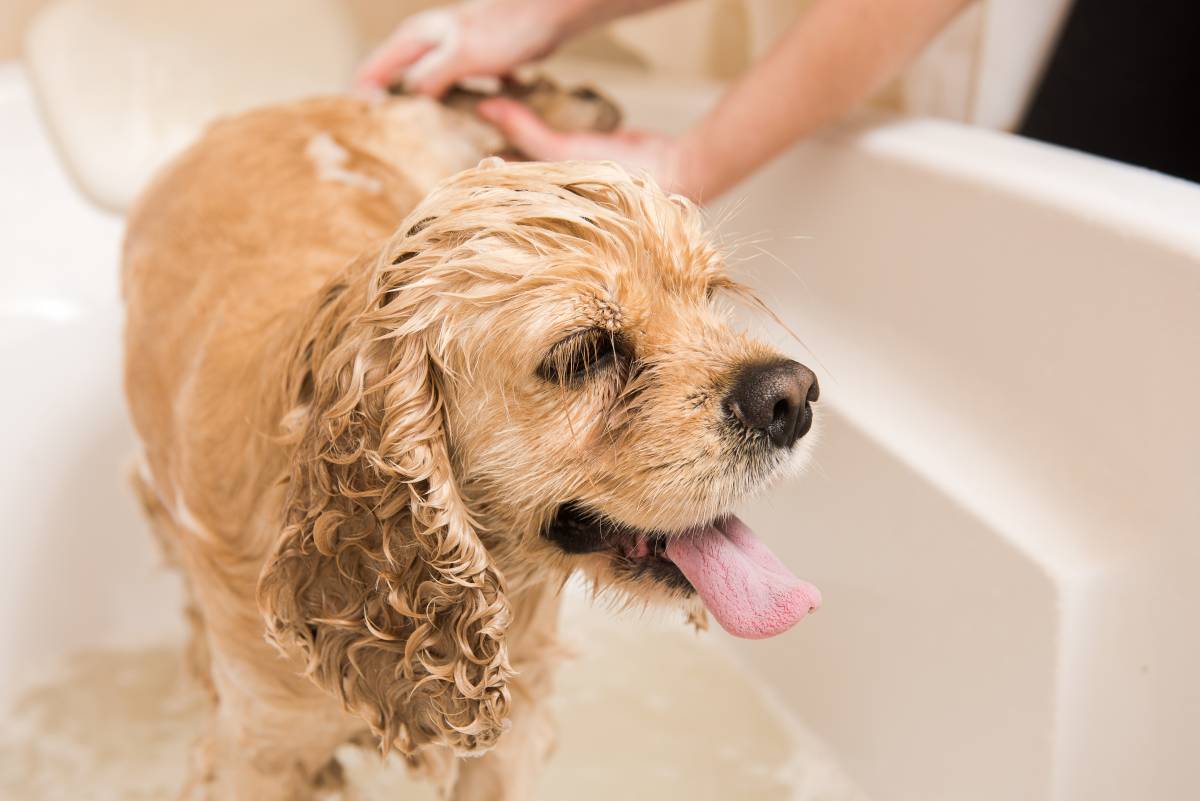
How to groom a dog at home
Read more

How to groom a long-haired dog
Read more
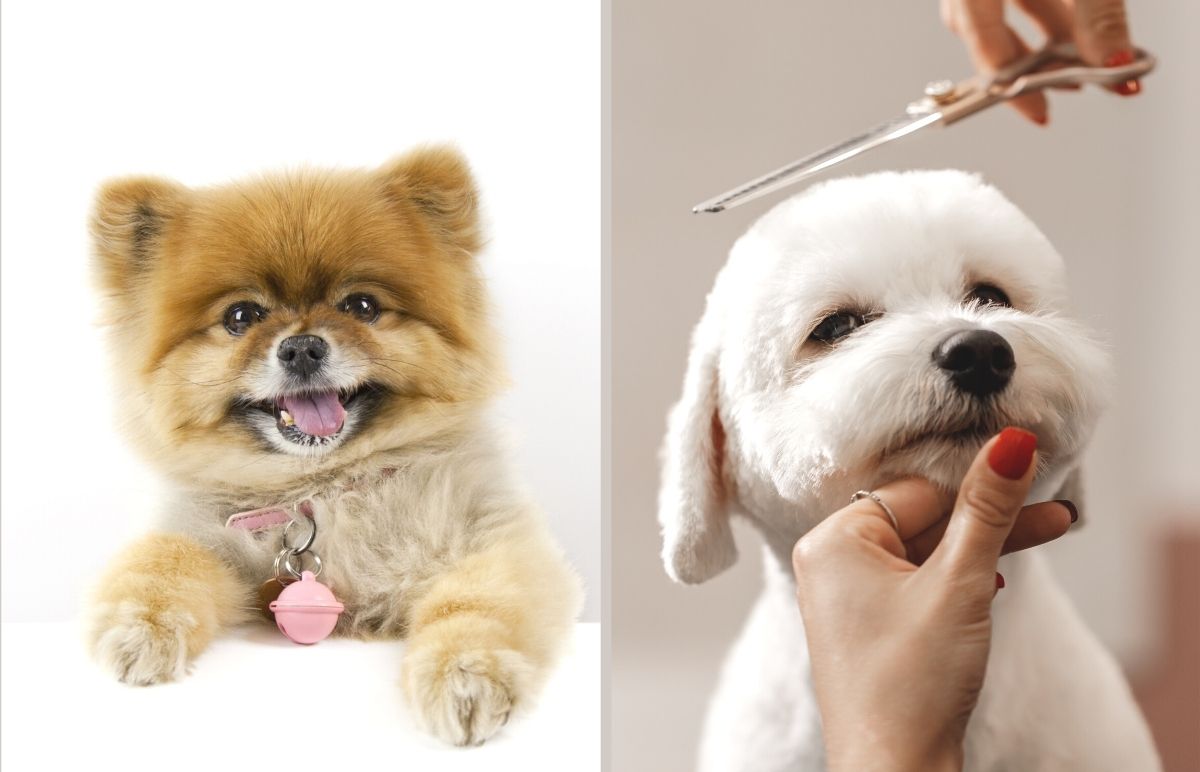
The most popular dog haircuts
Read more

How to become a dog trainer
Read more
Related price guides

How much do dog walkers charge?
Read more

How much does dog training cost?
Read more
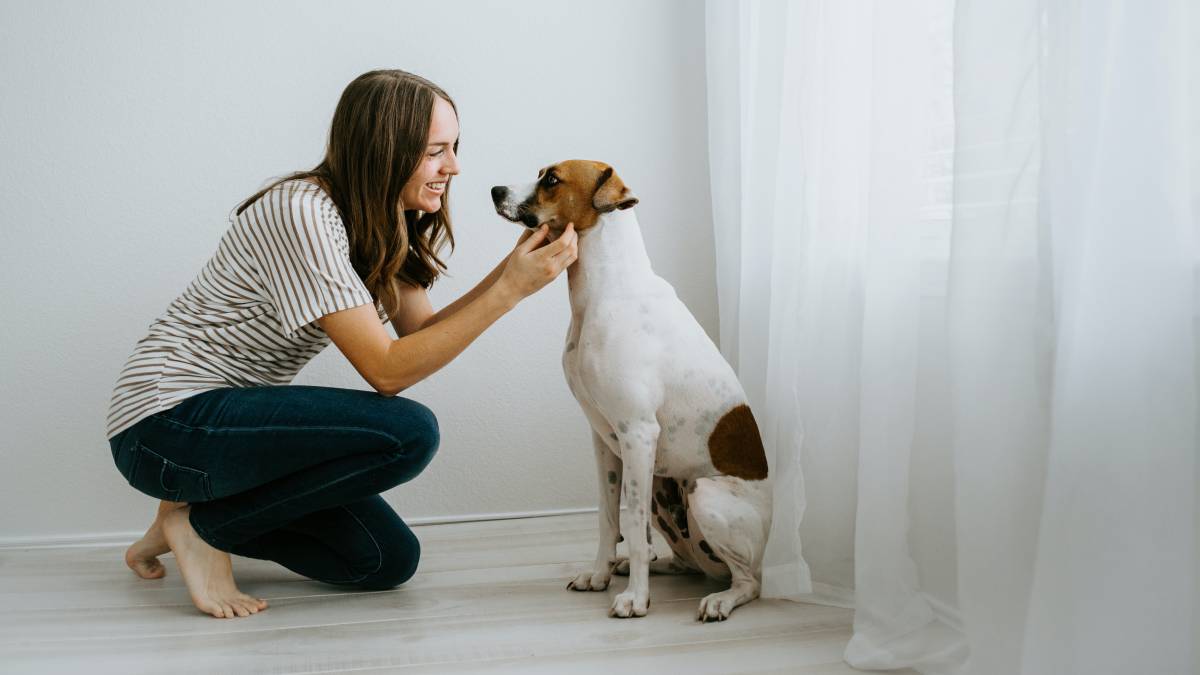
What are average dog sitting prices?
Read more
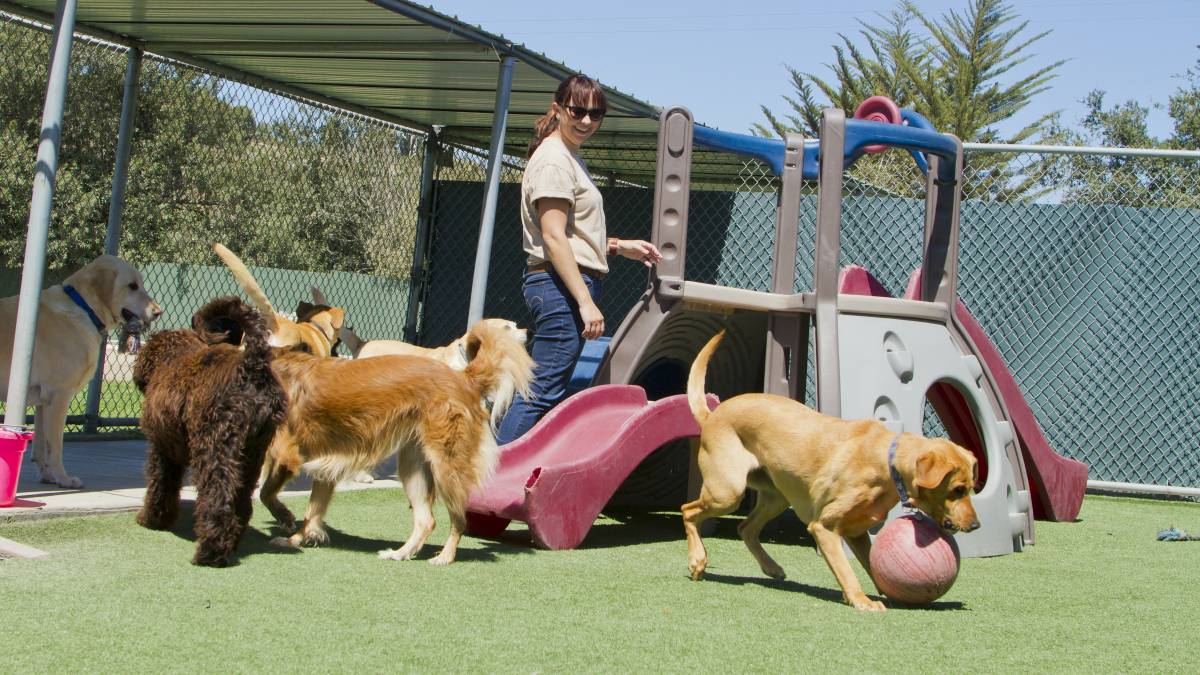
How much does doggy day care cost?
Read more
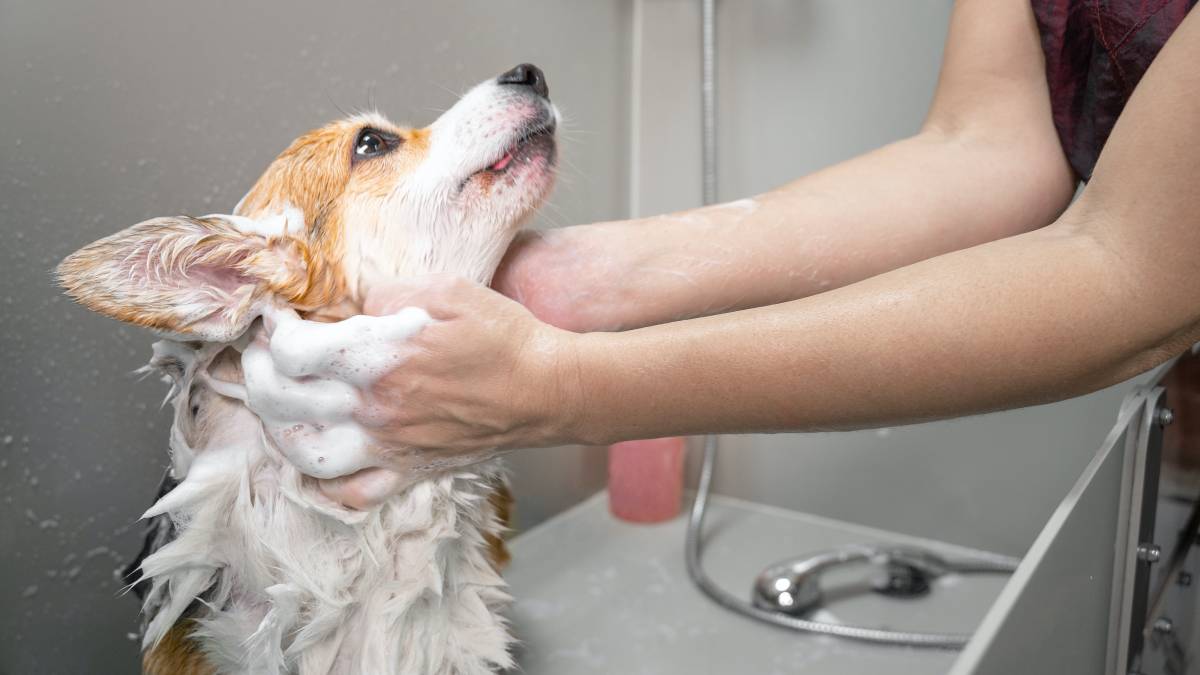
How much does dog grooming cost?
Read more
